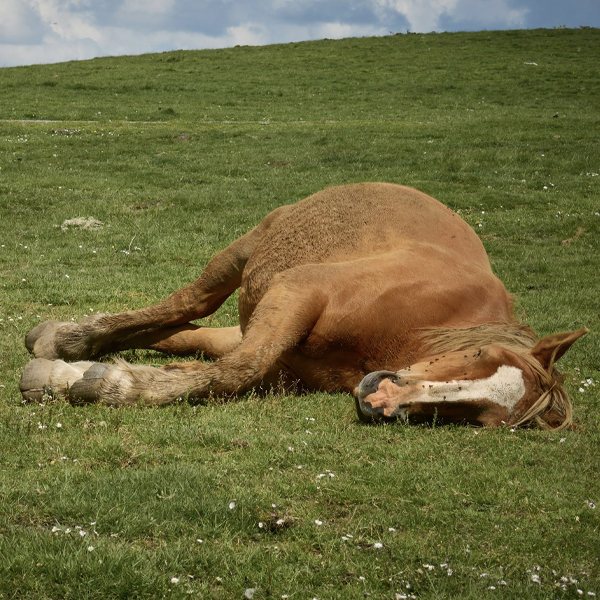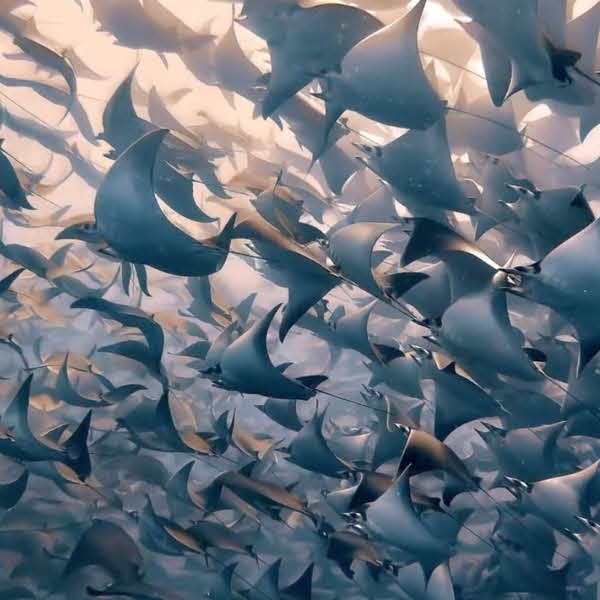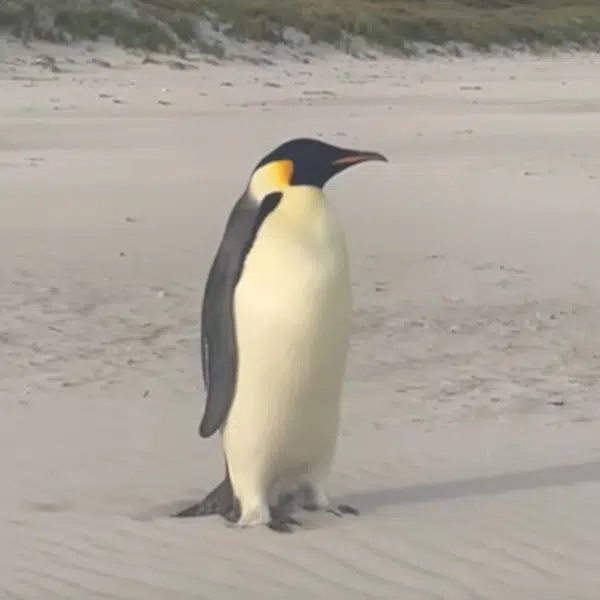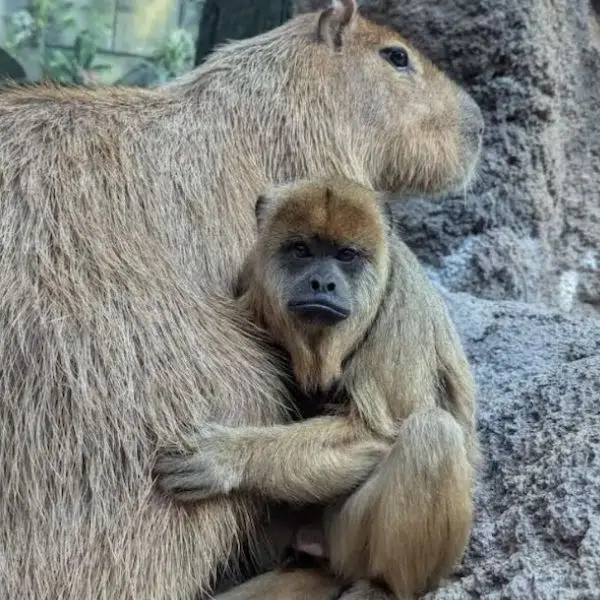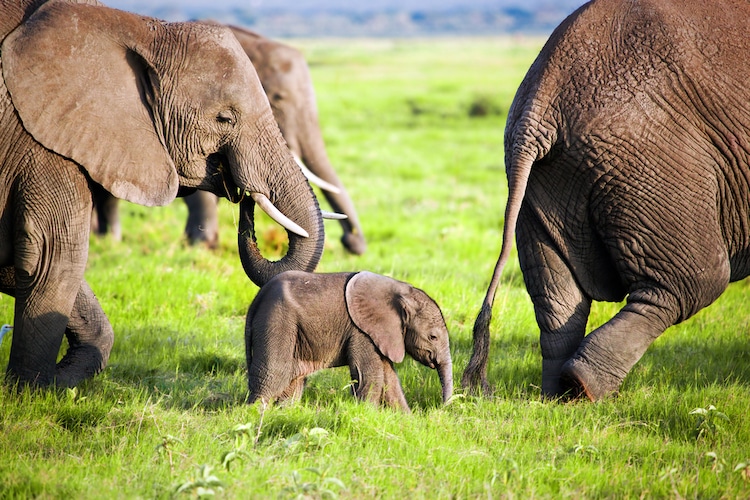
Photo: Stock Photos from PHOTOCREO Michal Bednarek/Shutterstock
We recently had some good news about tigers thriving in India and now we can look to Africa for another animal comeback. Reports out of Kenya's Amboseli National Park state that there's currently an elephant baby boom underway. This is great news, as the country continues to strengthen its anti-poaching legislation and take care to ensure that its elephants are safe.
Over the past 30 years, Kenya's elephant population has flourished. In fact, it's more than doubled from 16,000 elephants in 1989 to 34,800 elephants in 2019. Those numbers will continue to rise thanks to an increase in births. The Amboseli Trust For Elephants, a non-profit which fights for the conservation and long-term welfare of elephants, states that over 170 calves have been birthed at the park this year. And there were even a set of twins—a rare occurrence.
As elephants have a gestational period of two years, for growth comparison it's best to look back at 2018. That year, 113 calves were born, making this year's numbers extraordinary. So what's the cause of this baby boom? The biggest factor is the environment. Over the past two years, record rains have put an end to the drought that had made life difficult for these incredible animals. Though these rains have also caused flooding and people have lost their lives, the much-needed water has regenerated vegetation. This means that fewer elephants have perished due to starvation and dehydration.
But it's not just the weather that's creating a better environment for the elephants. The Kenyan government has also made a concerted effort to crack down on poaching. “In the last couple of years we have managed to tame poaching in this country,” Cabinet Secretary for Tourism and Wildlife Najib Balala told reporters during a World Elephant Day event at the park.
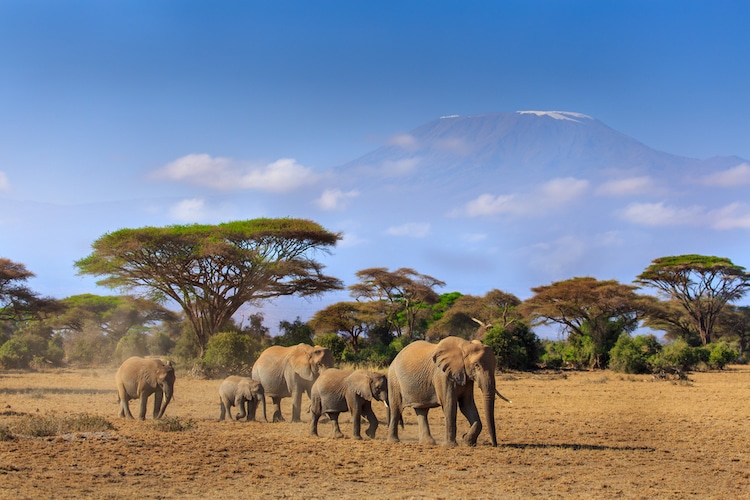
Photo: Stock Photos from Gil.K/Shutterstock
In 2019, adjustments were made to Kenya's wildlife laws that included stiffer fines and more prison time for poachers. As a result, the number of poached elephants has dropped from 80 in 2018 to 34 in 2019. And right now, in 2020, that number has dwindled to seven.
While this is all good news, conservationists are still hard at work tackling another important issue facing elephants—conflict with humans. As the population expands and lands historically belonging to elephants are converted for human use, there is more room for conflict. In fact, elephants invading farms and killing livestock—which then triggers retaliation—is becoming an increasing problem.
However, when we look at Kenya's success, there is room for hope, particularly when compared to the rest of Africa, which saw an overall 33% decline in the elephant population from 2007 to 2014. Kenya's mix of good fortune with the weather and anti-poaching legislation is certainly a bright spot in the animal conservation world. “Overall in Kenya anti-poaching efforts are also high and elephants are generally safer, which means [fewer] get killed than in other parts of Africa,” says Tal Manor, Project Manager at the Amboseli Trust for Elephants. “And Kenya's elephant population is slowly increasing.”
h/t: [NPR]
Related Articles:
Nepal Doubles Tiger Population Thanks to Committed Conservation Efforts
Kindhearted Kenyan Man Drives Hours Each Day to Bring Water to Thirsty Animals
Animal Conservationists Wear Special Jackets to Take Care of an Orphaned Baby Zebra
Heartwarming Photo of Tigress With Her Five Cubs Is a Victory for Animal Conservationists











































































